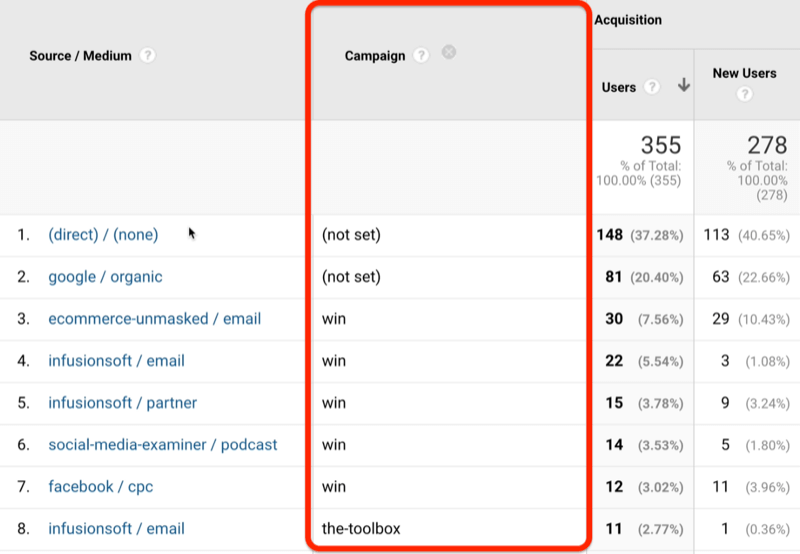Introducing the 'Secondary Dimension' in Google Analytics: What You Required to Know
Introducing the 'Secondary Dimension' in Google Analytics: What You Required to Know
Blog Article
Translating the Importance of Secondary Dimension in Google Analytics: All Regarding Its Importance and Impact
In the realm of digital analytics, the application of additional measurements within Google Analytics functions as a pivotal device for critical deeper layers of data understandings. The significance of secondary measurements hinges on their capability to offer a nuanced view of individual behavior and interaction with a website or platform. By exploring information beyond surface-level metrics, organizations can open a wealth of details that fine-tunes and shapes strategic decisions advertising efforts. This expedition right into the world of additional dimensions not just supplies a thorough understanding of customer involvement yet also drops light on the intricate dynamics that drive online efficiency.
Comprehending Additional Dimensions in Google Analytics
The understanding of additional measurements in Google Analytics is crucial for obtaining much deeper insights right into customer actions and web site efficiency. While primary measurements provide fundamental data factors such as web traffic sources and web page sights, additional measurements permit for a much more nuanced evaluation by giving additional context to these key metrics. By including additional dimensions, customers can section and filter their information to reveal patterns and fads that may not be quickly apparent.

Introducing the Advantages of Second Measurements
Building upon the foundational understanding of secondary dimensions in Google Analytics, exploring the benefits they offer reveals important understandings for improving information evaluation and decision-making. By integrating second measurements, individuals can dive much deeper right into their information, obtaining a more extensive view of individual habits, content efficiency, and various other vital metrics.
In addition, secondary dimensions supply context to key information, providing extra layers of info that can help in recognizing customer interactions and choices. This boosted understanding can direct tactical decision-making, resulting in more targeted advertising campaigns, internet site optimizations, and overall improved efficiency. Fundamentally, additional dimensions function as a powerful tool for opening deeper insights and making best use of the energy of Google Analytics for organizations and web site proprietors.
Leveraging Second Dimensions for Boosted Insights
By harnessing the power of second dimensions in Google Analytics, companies can reveal much deeper understandings that drive informed decision-making and critical optimization efforts. Leveraging second measurements allows services to delve beyond surface-level information and get a more extensive important link understanding of individual habits, audience demographics, website traffic sources, and web site efficiency. By integrating primary dimensions like web traffic sources with secondary dimensions such as geographical place or gadget category, services can identify which areas or devices are driving the most beneficial traffic to their internet site.
In addition, additional measurements allow businesses to section and evaluate information better, aiding them identify patterns, patterns, and possibilities that may have otherwise gone unnoticed. By utilizing additional measurements, businesses can tailor their marketing methods, content, and customer experience to much find more better meet the demands and preferences of their target market. Fundamentally, leveraging second dimensions in Google Analytics equips businesses to make data-driven choices that lead to enhanced efficiency, increased ROI, and lasting growth.

Impact of Second Dimensions on Data Evaluation
Enhancing data evaluation through the use of additional measurements in Google Analytics gives services with a deeper understanding of their online performance metrics. By including second measurements, such as time of day, geographic location, or gadget group, services can reveal useful understandings that might have been forgotten with key measurements alone. This boosted level of granularity enables even more specific segmentation of information, enabling services to determine patterns, fads, and correlations that can drive critical decision-making.

Taking Full Advantage Of Prospective: Additional Dimensions Methods
One crucial approach is to combine second measurements with key measurements to acquire a detailed view of customer communications. Coupling the key dimension of 'source/medium' with secondary measurements like 'touchdown web page' or 'gadget group' can reveal which channels are driving website traffic to details pages or exactly how customer behavior differs across devices.
Moreover, utilizing additional dimensions to segment data based on customer demographics, actions, or innovation can help services tailor their advertising and marketing efforts to details audience segments. This targeted method can result in boosted conversion prices, enhanced individual experiences, and eventually, raised ROI. By taking full advantage of the capacity of second measurements in Google Analytics, services can make educated decisions, maximize their on the internet presence, and drive sustainable development.
Verdict
In verdict, second dimensions in Google Analytics play a critical duty in giving deeper understandings and enhancing information evaluation. Integrating secondary measurements into data analysis methods can lead to even more enlightened decision-making and enhanced overall performance.
While key measurements provide basic data factors such as web traffic sources and web page views, secondary measurements permit for a much more nuanced analysis by providing Look At This additional context to these main metrics. By combining primary measurements like web traffic resources with additional measurements such as geographic place or device category, businesses can identify which regions or tools are driving the most important website traffic to their website.
By including additional dimensions, such as time of day, geographic location, or gadget group, organizations can reveal important insights that might have been forgotten with key dimensions alone. One key method is to incorporate secondary measurements with key measurements to gain a detailed view of individual communications. Coupling the key dimension of 'source/medium' with secondary dimensions like 'touchdown web page' or 'gadget group' can expose which networks are driving traffic to details pages or exactly how individual habits differs across devices.
Report this page